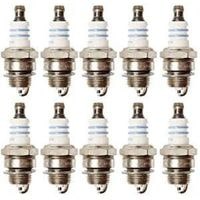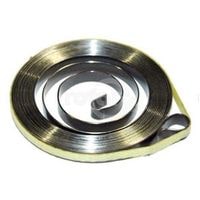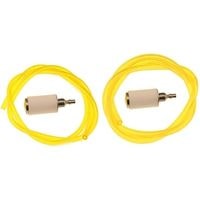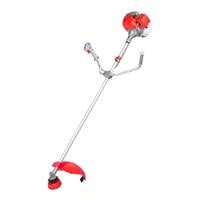String Trimmer Won’t Start. At the end of every growing season, we start forgetting about the string trimmer that we keep in the backyard.
We let it sit there as fall and winter go by until there’s no more room to turn in our backyard.
Finally, when Spring is around the corner, frustration starts piling up because our machine won’t start. Technically speaking, there are many ways our machine could have seized working and refused to start so easily.
However, before rushing into a nearby hardware store without knowledge of what you might be actually looking for to fix the issue on your hand, here are 4 possible causes/tips which will save you some time and money if implemented correctly.
String Trimmer Won’t Start

You might have trouble starting your string trimmer. The most common reason is that it’s either out of gas or the carburetor got clogged.
This happens when you don’t run your engine long enough to burn all the liquid fuel in the carburetor but lets the sticky substance remain instead.
The best way to solve this problem is by taking a few more minutes to properly clean and drain your carburetor.
The purpose of this article is to discuss how to fix a string trimmer that does not start.
Electrical Problems
If you have an electric string trimmer, the most likely cause of it not working is a fault with either the extension cord or the main power outlet. Ensure that the electrical cable is properly connected to both outlets.
The powerhead of your device, and also check to see if any parts are loose or jammed. Also, make sure that there’s a fuse or circuit breaker at home which will protect your equipment.
If it shorted out somehow, ensure everything stays in tip-top shape by making sure that all appliances remain switched on while they’re in use.
Choke Adjustment Issue
The strong engine smell indicates the engine is flooded, and you will need to adjust it a bit. The first thing you should do is set the choke halfway and then try starting the weed eater once more.
If this does not work, you might want to wait for a few minutes before trying to start it again. A flooded engine can also be fixed by turning the gas off for several minutes prior to attempting to start it.
Faulty Spark Plug

Check the spark plug for signs of wear or damage. A cracked porcelain insulator, a damaged electrode, or an electrode with heavy carbon buildup should be replaced.
Make sure that the spark plugs on all four ends are receiving current using a test light to determine if the spark plug is defective.
If you do not see current written across these electrodes, you will need to replace this spark plug.
Look into the tip of your new spark plugs; it may be important not only to inspect but also to clean them for dust buildup prior to attaching them by hand.
Starter Recoil Cause
The recoil starter assembly allows you to start the engine by setting in motion a series of events. The assembly is located on top of the engine and is connected to the flywheel through a system of pulleys and gears.
When you pull on the starter rope, these tabs extend from the pulley(hardware) and engage with this cog (the tool). As new content is added to your project, re-check all your writing for consistency, grammar, and spelling mistakes.
If you’re not sure if a given sentence works properly, try breaking it into smaller parts or substituting words just to make sure it still communicates your idea as effectively as possible.
Spring Rewind Error

When the starter rope is pulled, it’s also rewound on the pulley. The starter spring then comes in to force and retracts the rope onto the pulley.
If a starter spring has busted, the force will result instead of retracted.
This puts stress on the motor by means of too much effort being needed to start a motor.
If you do find that your starter spring has cracked or broken, we recommend replacing it with new springs.
And while there are individual parts that make up air-cooled starters, you may be able to have more success with an entirely new assembly as opposed to parts replacements specifically.
Defective Spark Arrestor
The spark arrestor is a screen located inside the air cleaner housing between the engine and the muffler. The job of the spark arrestor is to prevent soot in engine exhaust from getting past and into the atmosphere.
Over time, this part can become clogged with soot or carbon deposits. If that happens, your engine may not start. To clear any obstructions in the spark arrester, remove it manually and wire brush it clean.
You might need to replace your spark arrester if you suspect something larger than soot has got stuck, for example, if you spot a dead animal in there.
Malfunctioning Fuel Filter

If a string trimmer is not running properly, one of the most likely causes is a clogged fuel filter.
The fuel filter is designed to trap any rust particles or dirt brought on by nearby bushes and trees.
If left for too long without use, this can result in the accumulation of dirt and debris, which could later cause blockage, resulting in reduced performance.
If all other measures have been taken, such as checking/replacing spark plug wires, refueling with fresh unleaded petrol, and cleaning out debris from the spark arrestor, try replacing the fuel filter from your local DIY store or online provider.
String Trimmer Won’t Start
Related Guides
